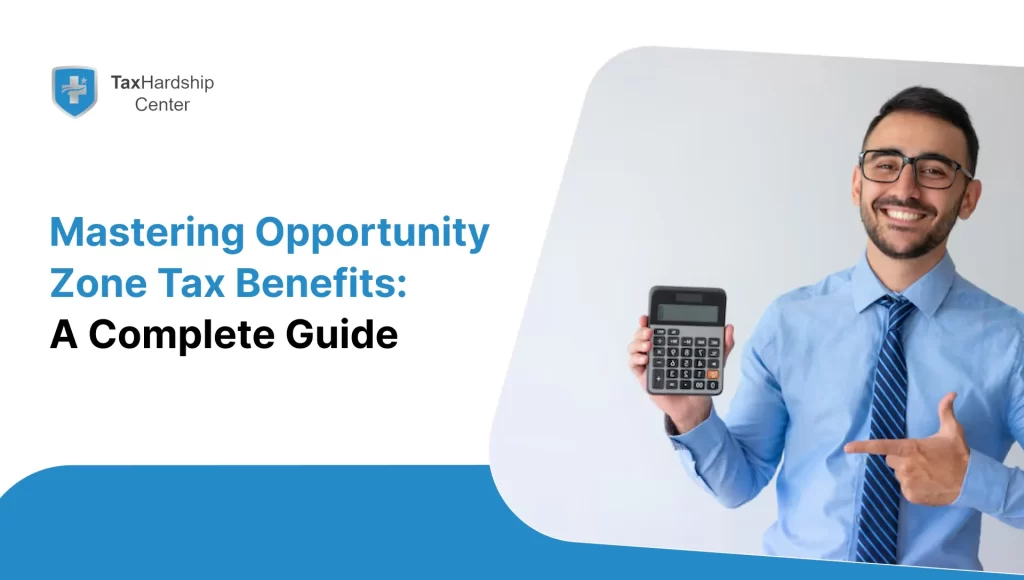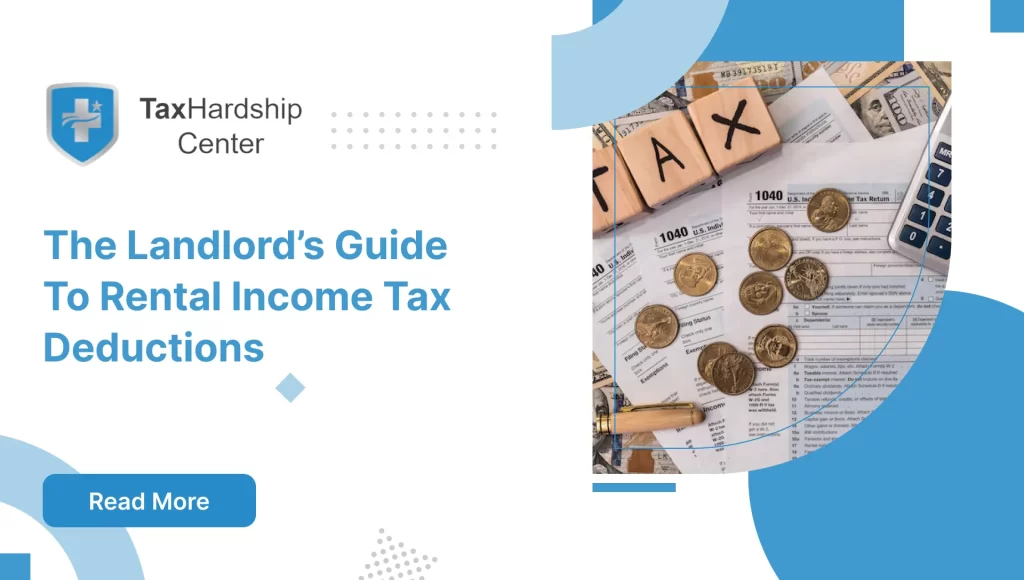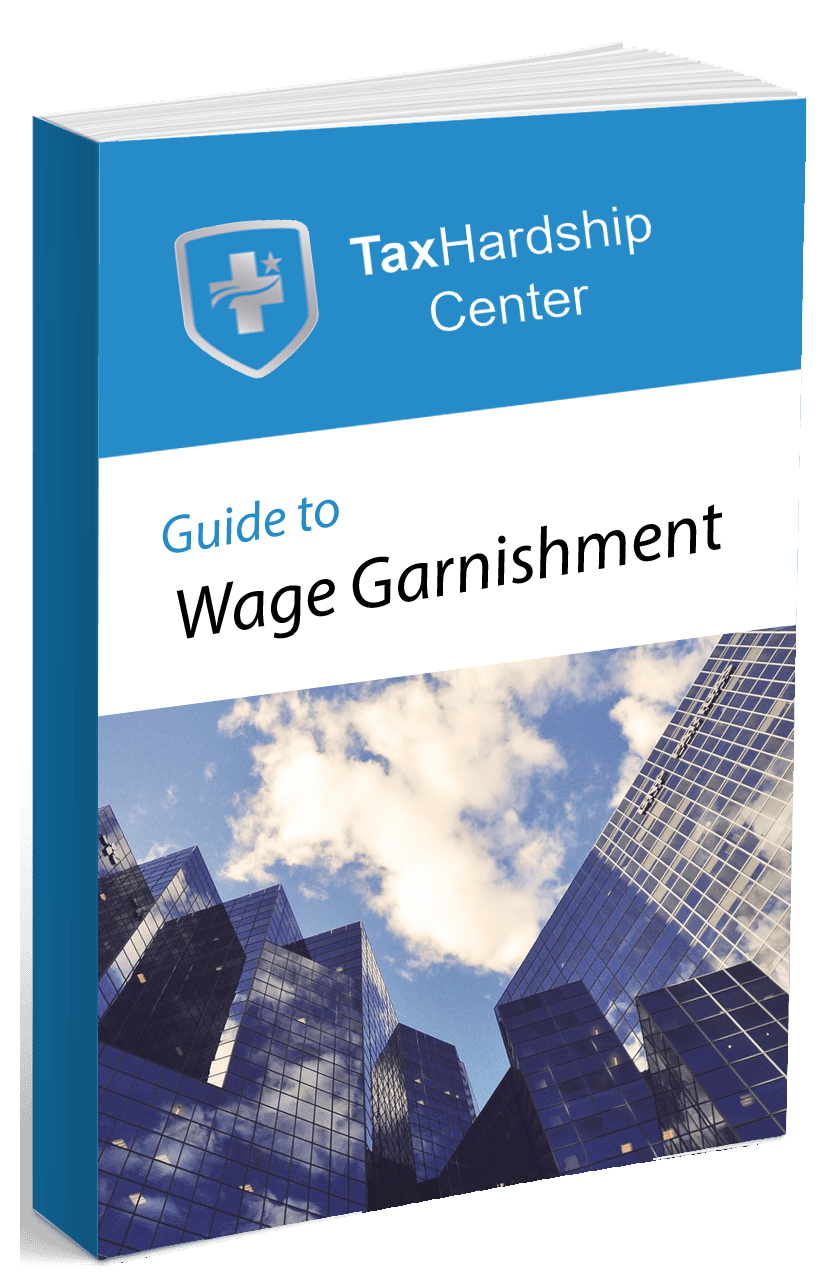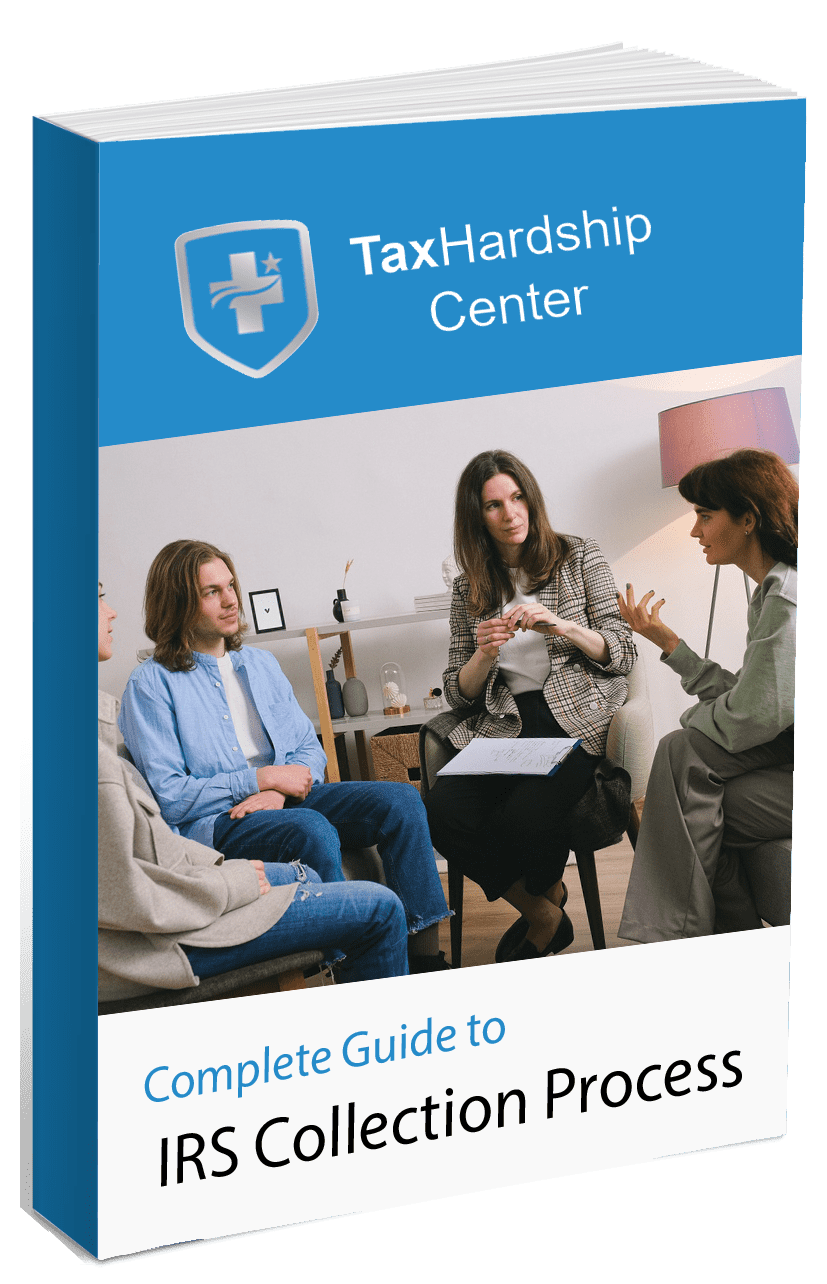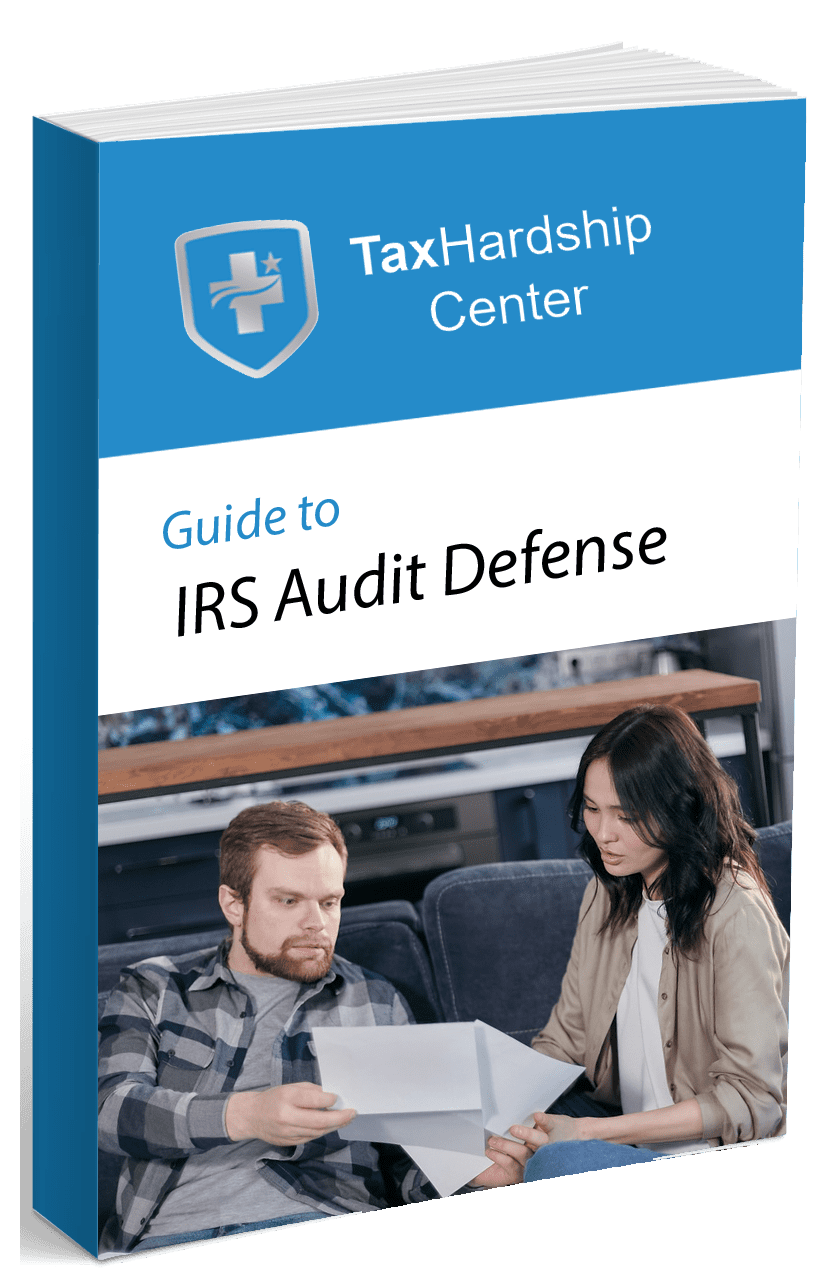Opportunity zone tax benefits sit at the crossroads of fiscal strategy and community development. Investors who channel capital gains into Qualified Opportunity Funds (QOFs) may postpone today’s tax bill, cut it in a few years, and erase it after a decade—all while funding projects that can lift entire neighborhoods. The incentive, born in the Tax Cuts and Jobs Act of 2017, covers more than 8,700 low‑income census tracts across every state, Washington, D.C., and five U.S. territories. Because the deferral window ends Dec. 31, 2026, the clock is ticking for gains realized now. For a broader look at timing plays that shrink immediate liabilities, explore our analysis of the IRS Tax Reduction Program.
Understanding Opportunity Zones
What Are Opportunity Zones?
Opportunity Zones are federally certified census tracts that met poverty or median‑income thresholds set by Congress. Governors nominated eligible tracts; the Treasury Department then locked the list for a 10‑year run. The policy aims to lure patient capital into places where traditional financing has been scarce.
Criteria for Designation
A tract qualified if its poverty rate reached at least 20 percent or its median family income landed below 80 percent of the area benchmark. Governors could also elevate up to 5 percent of contiguous tracts to keep zones geographically sensible.
From Bill to Law
Lawmakers folded the rules into Internal Revenue Code § 1400Z‑2, laying out investor elections, fund mechanics, and guardrails that protect against abuse.
How Tax Hardship Center Helps Investors
At Tax Hardship Center we view Opportunity Zones through a broader tax‑relief lens. We:
- Build side‑by‑side illustrations that show the after‑tax difference between a straight sale, a 1031 exchange, and a QOF investment.
- Track deferred‑gain basis on Form 8997 and file state exceptions when required.
- Guard clients who must exit early by negotiating installment agreements or offers in compromise with the IRS, protecting cash flow while keeping penalties in check.
- Integrate Opportunity Zone planning with audit defense and wage‑garnishment relief for a complete solution.
Explore our full capabilities in the Guide to Tax Resolution Services or review the IRS collection process steps we streamline every day. Need clarity on your capital‑gain strategy? Reach out for a no‑pressure consultation. If penalties threaten to erode returns along the way, our step‑by‑step guide to IRS penalty abatement strategies explains how to cut those costs before they snowball.
Why Opportunity Zones Exist
Revitalizing Distressed Communities
Blighted factories, empty downtown storefronts, and underfunded clinics often lack the equity needed for turnaround. The tax incentive flips the risk‑reward profile by letting investors keep more of their upside, sparking new housing, grocery stores, and manufacturing jobs. Economic Innovation Group research tracks dozens of projects already in service.
Fueling Jobs and Entrepreneurship
QOF capital flows into operating businesses as well as real estate. That keeps payroll and supplier contracts inside the zone, deepening the long‑term impact. For founders, a QOF investment can replace venture funding that might not otherwise arrive.
Qualified Opportunity Funds Explained
Definition and Structure
A QOF is any domestic corporation or partnership that self‑certifies on IRS Form 8996 and maintains at least 90 percent of its assets in qualified zone property. Only equity interests count; debt does not.
Compliance Requirements
90‑Percent Asset Test
Calculated twice a year. Miss it and the fund pays a monthly penalty on the shortfall.
Working‑Capital Safe Harbor
Cash earmarked for projects must convert into bricks, mortar, or business assets within 31 months under a written plan.
Original‑Use or Substantial‑Improvement Test
Existing buildings need upgrades equal to their purchase‑price basis, excluding land.
How Capital Flows
After investors subscribe, managers deploy dollars into new construction, heavy rehab, or equity stakes in zone‑based companies. Deals range from multifamily housing to clean‑tech startups.
Core Tax Benefits of Opportunity Zone Investments
1. Temporary Deferral of Gain
Roll an eligible capital gain into a QOF within 180 days and federal tax waits until the earlier of an exit or Dec. 31, 2026. State treatment varies; review local conformity.
2. Step‑Up in Basis
Hold for five years and you wipe out 10 percent of the deferred gain. A seven‑year hold brings the tally to 15 percent, but that second jump applies only to investments made by Dec. 31, 2019.
3. Permanent Exclusion After Ten Years
Own the QOF interest for at least 10 years, then elect to raise your basis to fair market value at sale. Appreciation above the adjusted basis escapes federal tax entirely.
4. Possible State Incentives
Roughly half of states mirror federal rules. Others, including California and Massachusetts, do not. Always confirm with a local adviser.
Investment Strategies and Considerations
Timing and the 180‑Day Clock
The countdown starts on the day you recognize a gain. K‑1 investors may elect the window to begin at year‑end, offering welcome flexibility when cash distribution lags.
Asset Types and Tests
Real estate dominates headlines, but operating businesses qualify if at least 50 percent of income, payroll, or tangible property sits inside the zone. Funds often mix property rehabs with growth‑stage company equity to diversify. If cash flow tightens along the way, our playbook on negotiating IRS tax debts can keep the project on track without derailing compliance deadlines.
Opportunity Zones vs. 1031 Exchanges
| Feature | Opportunity Zone | 1031 Exchange |
| Eligible gain | Any capital gain | Real property only |
| Amount reinvested | Gain portion only | Full sale proceeds |
| Qualified assets | Zone real estate or businesses | Like‑kind real estate |
| Tax on appreciation | Zero after 10 years | Deferred until next sale |
Risks and Challenges
Market and Liquidity Risk
Zones often lack robust sales comps. Underwriting can miss the mark, leaving investors in a long hold with few exit paths.
Regulatory and Compliance Risk
Mismanaging the 90 percent test triggers penalties that erode returns. Congress could also change rules, though existing investments would likely retain benefits. To understand potential IRS escalations if compliance slips, study the differences between liens and levies.
Community Impact
Rapid capital inflows can raise rents and nudge residents aside. Ethical funds partner with local nonprofits, allocate units for affordable housing, and hire neighborhood labor to soften displacement.
Maximizing Returns
Work With Experienced Advisers
Subchapter Z rules interlock with partnership law, depreciation, and state tax codes. A seasoned CPA or tax attorney can model scenarios and flag pitfalls. Our IRS tax relief specialists at Tax Hardship Center deliver these analyses daily.
Due Diligence Checklist
- Confirm the fund’s business plan and fee stack.
- Review third‑party appraisals and market studies.
- Verify that exits align with the Dec. 31, 2026 inclusion deadline.
- Study state conformity before projecting after‑tax yield.
Conclusion
Opportunity zone tax benefits let investors postpone today’s capital‑gain hit, pare it down in five years, and erase it after ten—all while planting new roots in communities that need fresh capital. The window begins to close when deferred gain becomes taxable on Dec. 31, 2026, so gains realized now deserve an immediate look. Weigh the risk profile, run the math with an adviser, and decide if a Qualified Opportunity Fund fits your timeline and goals. When questions arise, the team at Tax Hardship Center stands ready to craft a plan that protects both your gains and your peace of mind.
Why Tax Hardship Center?
1. Hassle-Free Assistance:
Say goodbye to sleepless nights and endless tax-related stress. At the Tax Hardship Center, we believe in simplifying the complex. Our team of experts is dedicated to guiding you through every step of the process, ensuring that your tax concerns are met with precision and care.
2. 14-Day Money Back Guarantee:
We’re so confident in our ability to ease your tax worries that we offer a 14-day money-back guarantee. If you’re not satisfied with our service for any reason, we’ll gladly refund your investment. Your peace of mind is our top priority!
3. Free Consultation:
Are you curious about how we can transform your tax experience? Book a free consultation now! Our team will assess your situation, answer your questions, and provide free insights tailored to your needs.
4. Nationwide Coverage:
No matter which corner of the United States you call home, the Tax Hardship Center covers you. We proudly serve all 50 states, bringing our expertise to your doorstep. Wherever you are, our commitment to excellence follows.
FAQs
Do I have to reinvest the full sale proceeds or just the gain?
Only the capital‑gain portion must go into the fund. You can keep basis cash.
Can I use short‑term stock gains?
Yes. Both short‑ and long‑term capital gains qualify, but depreciation recapture and ordinary income do not.
What happens if the fund sells an asset before ten years?
The fund may reinvest proceeds within 12 months without hurting investors, but cash distributions can trigger inclusion.
Are S‑corporations and partnerships eligible?
Any taxpayer that recognizes a capital gain may elect deferral by filing Form 8949 and Form 8997.
Do states always match federal treatment?
No. States such as California and New Jersey decouple, so local tax still applies unless legislators pass conforming laws.

